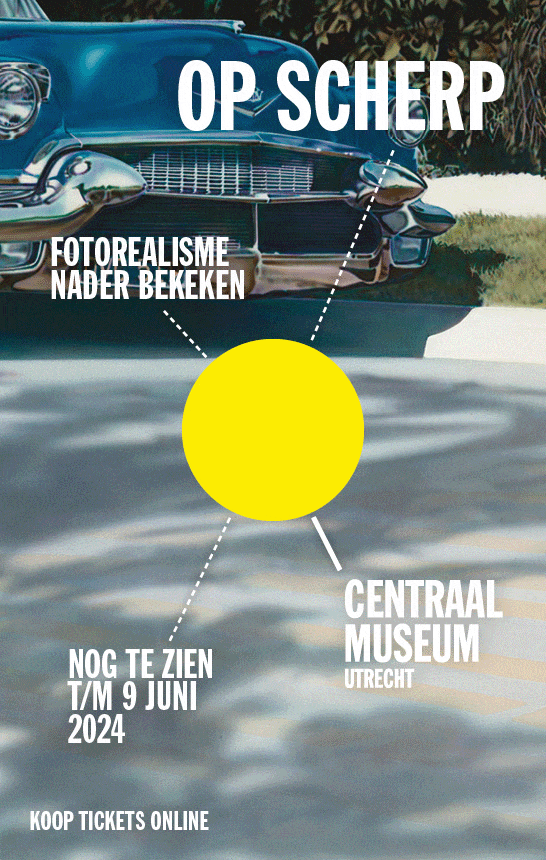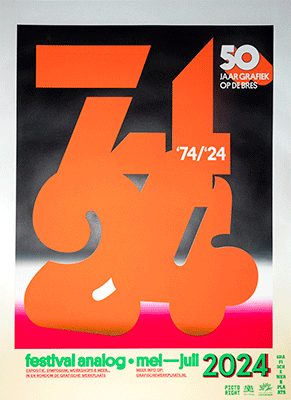A Theory of Practice
‘What’s in those bags?’ No discussion about the film Grossraum (Borders of Europe) (2004-2005) goes by without that question being asked. The 35mm film includes a scene in which plastic bags of contraband are tossed over a border fence. Metonymically, the question embodies the way art is discussed more and more. Observers seldom translate what they have seen in their own words, connected to their own personal experience. Instead, works of art are narrowed into social content and used to illustrate philosophical theories and political positions. Has the age of the emancipated viewer come to an end?
We have noticed in recent years that artists too are increasingly making use of suggestive jargon imported from critical theory.1 In the studio and amongst themselves, however, they have an entirely different vocabulary. In this sense, artists are like the Celts. During the production of Monument to Another Man’s Fatherland (3 films, a series of prints, and an index poster, 2008-2012), we spent some time investigating these tribal, migrating people. The Celts used the imperial languages of Greek and Latin for purposes of trade and commerce, but matters of their own culture were discussed in Celtic. This oral knowledge has unfortunately been completely lost.
Although studying theory can lead to new insights, and there is clearly nothing wrong with concepts being smuggled from one domain to another in order to take on new meaning, it seems as if the imported vocabulary is being used by many creators primarily to place their work in the theoretical discourses that are currently in fashion. In other words, the imperial language of theory principally serves – as it did with the Celts – to advertise the work to others.
It seems that artists lack words of their own to create a bridge between the practice of artistic production and contemporary theoretical discourse. As a result, the artworks that are produced and the legitimations that are given for them are often widely divergent, and the exchange between theory and practice remains a sticky business. Is it not time for the makers themselves to come up with an alternative idiom, with their own insights, methods and propositions, based on their practice, in order to question and complement the contemporary theoretical discourse, instead of letting their practice become subservient to what is deemed to be theoretically relevant?
Our PhD research into a theory of practice – which thanks to regulatory restrictions can only be in the name of a single artistic researcher but which we are developing as a team – follows a broader reorientation towards the factual. In his 2004 essay ‘Why Has Critique Run Out of Steam?’, Bruno Latour described how critical thinking seems to have forgotten that critique was only meant as a method by which to come closer to things. ‘The question was never to get away from facts but closer to them, not fighting empiricism but, on the contrary, renewing empiricism.’
In our artistic practice, we often find ourselves in unknown territory, in order to investigate this from the inside out. This embedded position demands a continual shuttling back and forth between the environment in which we are embedded and the realm of the arts, in which the findings are re-contextualized and re-interpreted. We refer to this working method with the term ‘Drifting Studio Practice’.2 In the PhD investigation, this shuttling back and forth is further developed into a discursive method, by connecting artistic production with production in other sectors. To give the research an empirical basis, we carry out fieldwork in communities of farmers and fishermen: hybrid workers who are continually exchanging their blue collars for white and who stand with one leg in tradition while innovating with the other. Theories about fieldwork and representation, which have been developed in anthropology, as well as historical reflections about labour, work and the working place by filmmakers and thinkers, will contextualize this empirical research.3
Why a PhD trajectory? In the visual arts, it is common practice that makers only get criticism when the work has been completed. For long-term artistic research such as ours, interim feedback is indispensable. It is precisely this that a doctoral trajectory provides.
In the past year, we have investigated how fishermen, who shuttle back and forth between raking in and justifying, just as we do, deal with their own condition of relative autonomy. The film Aolen in Boeten, in which we report the results of our fieldwork, will premiere in September 2013 at the Kunsthaus Zürich, and will be shown in early 2014 at Hardware, Dortmund, as part of the group exhibition World of Matter.4
Lonnie van Brummelen and Siebren de Haan have been working together since 2002. Their PhD research, Drifting Studio Practice ? A Return of the Making in the Thinking, is supported by the NWO and the Mondriaan Fund and supervised by Henk Slager (MaHKU) and Patricia Pisters (University of Amsterdam).
1. Such as: biopolitics; metapolitics; dispositif; subjectivity; epistemology; ontology; semiotics; agency; affect; neuro, etc.
2. This is also the title of the PhD research. The term was initially a chapter title from our film essay Monument of Sugar (2007).
3. Here we primarily look at visual anthropology during the decolonization era, a period when empirical research went hand-in-hand with critical reflection about the position of the researcher, their means of production and power relations.
4. ‘Aolen in Boeten’ means ‘fetch and pay the price’ in the local dialect of Urk, a fishing community on a former island in the Netherlands. The exhibition World of Matter is the first exhibition of the Supply Lines research group, which includes Ursula Biemann, Emily Scott, Mabe Bethonico, Paulo Tavares, Uwe Martin, Helge Mooshammer, Elain Gan, Peter Mörtenbock and ourselves. From 2011 to 2013, the group investigated resource discourses.






















